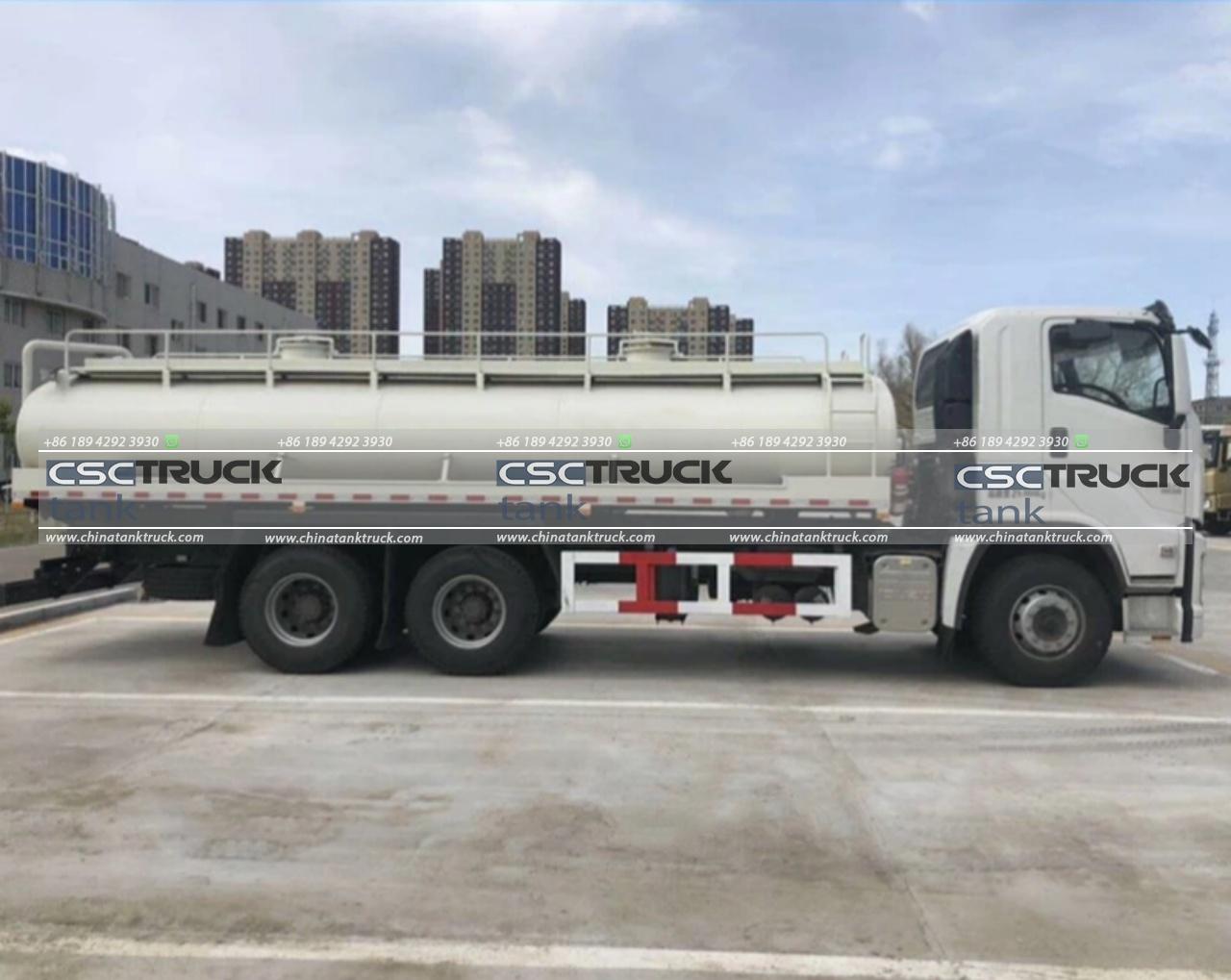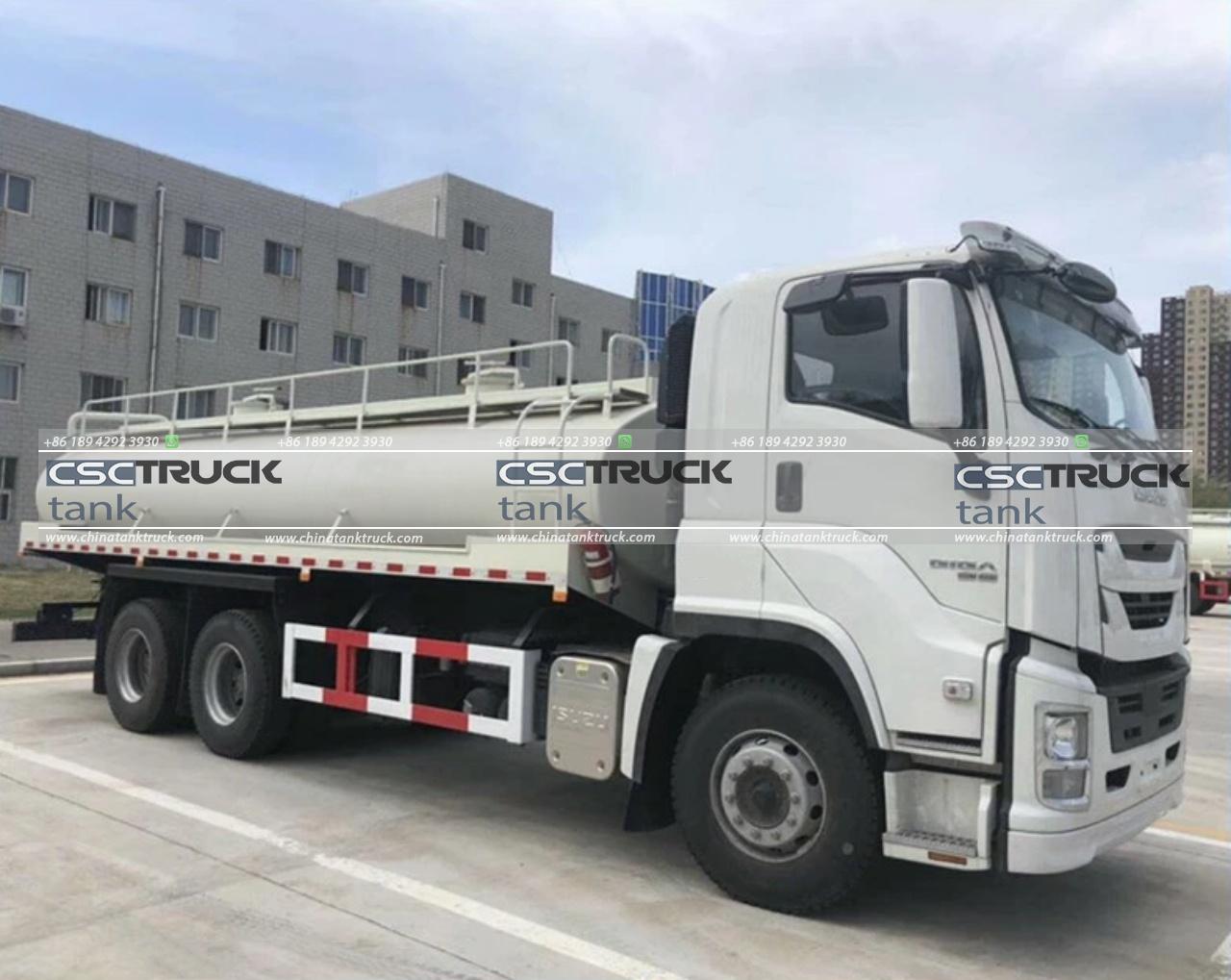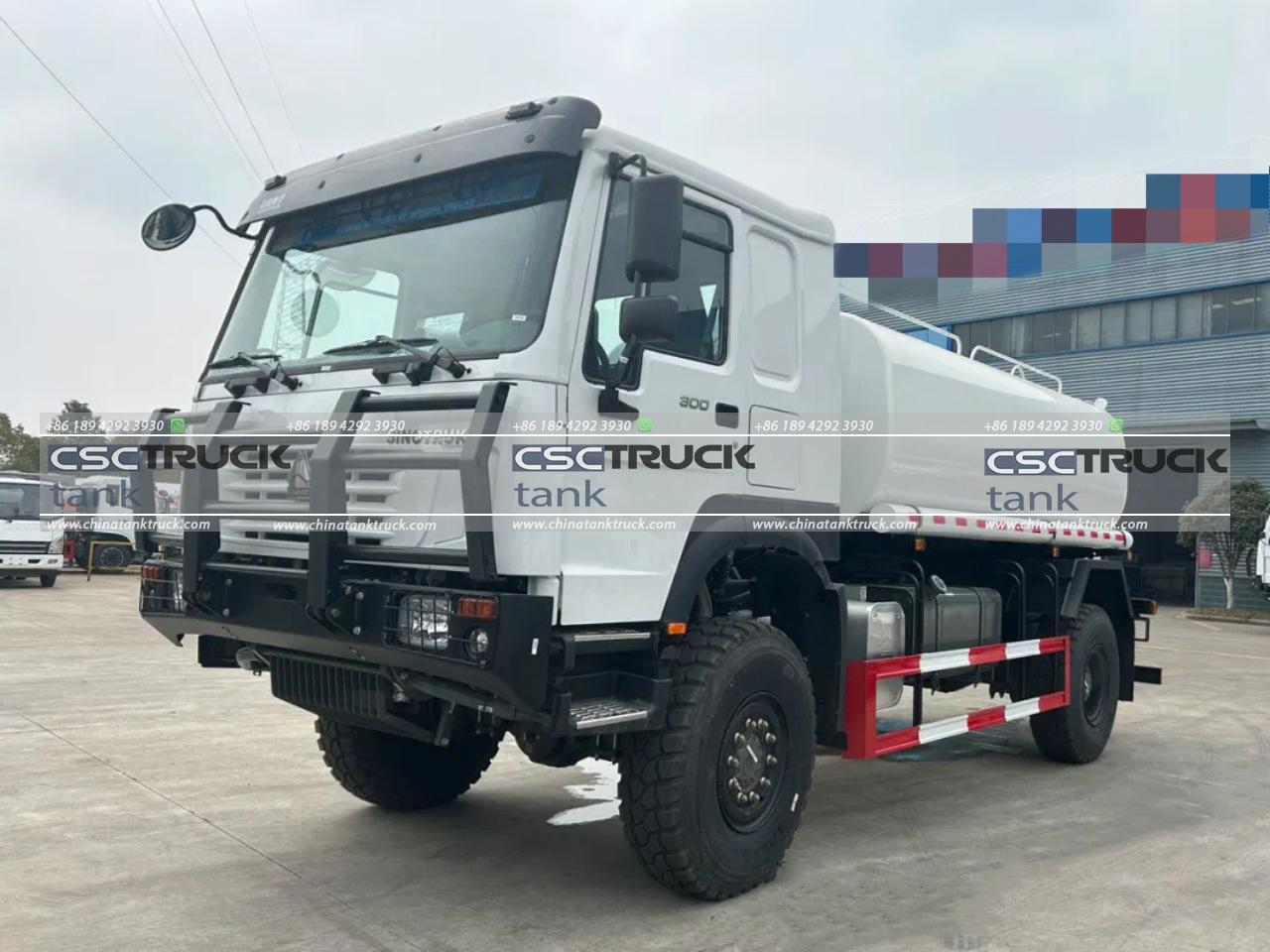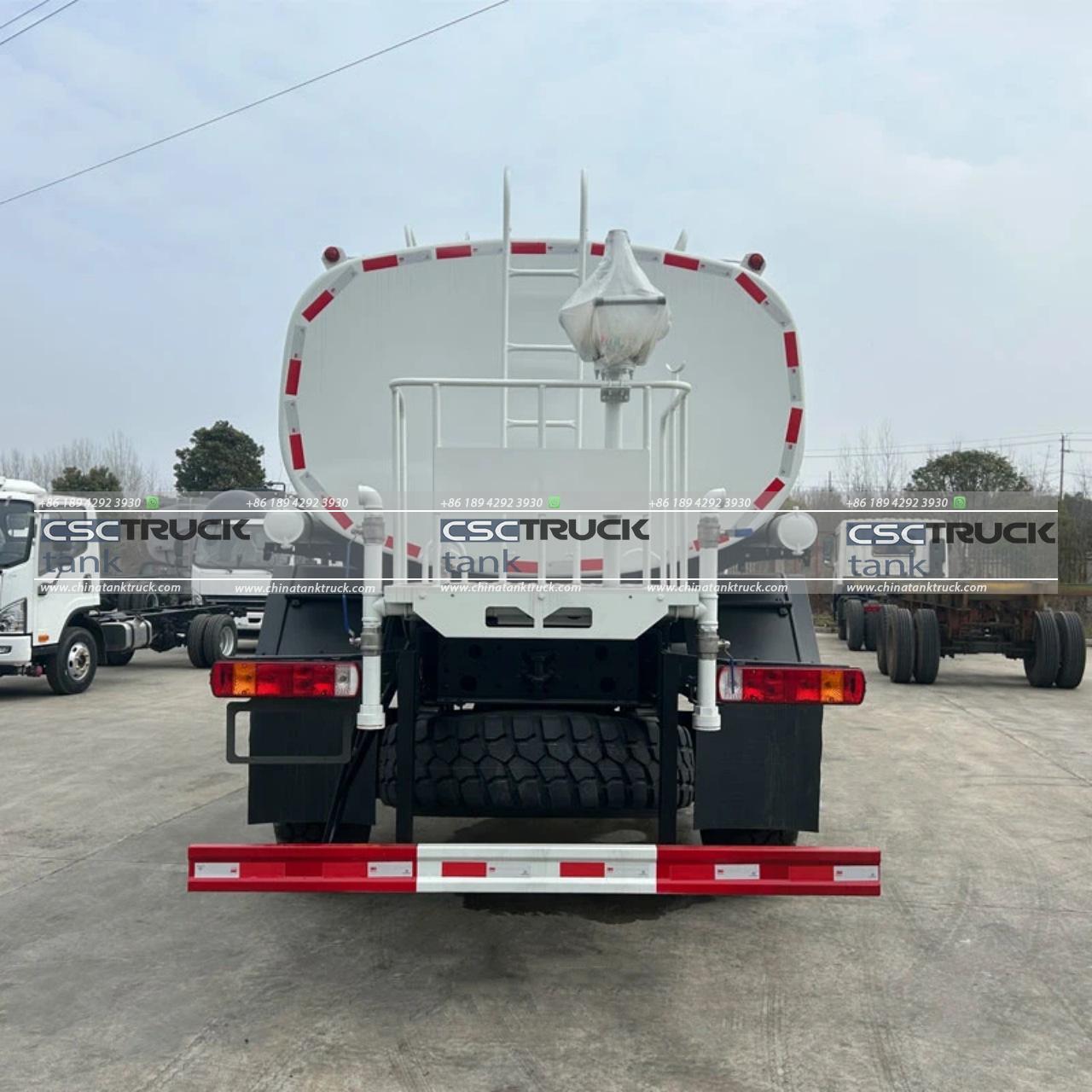How to Calculate a Water Tank: A Comprehensive Guide
Water tanks are essential for storing water in a wide range of settings, from households to industrial facilities. Calculating the correct size and capacity of a water tank is crucial for ensuring that there is enough water to meet daily needs while avoiding unnecessary expenses or space utilization. This article will walk you through the process of calculating a water tank, including determining the appropriate size, understanding different shapes, and considering factors that influence your calculations.
Understanding the Basics
Before diving into the calculations, it’s important to understand the basic parameters that determine the size of a water tank:
1. Volume: The amount of water the tank can hold, typically measured in liters, cubic meters, or gallons.
2. Shape: Water tanks come in various shapes, such as cylindrical, rectangular, or spherical, which influence the volume calculation.
3. Dimensions: The physical measurements of the tank, such as height, diameter, and length, depending on the shape.
4. Daily Water Requirement: This is the amount of water that will be needed daily, which helps in determining the tank’s capacity.

Step 1: Determine Your Water Requirement
The first step in calculating a water tank is determining the daily water requirement. This depends on various factors such as the number of people using the water, the type of usage (domestic, agricultural, industrial), and any seasonal variations in water consumption.
For a household, an average person uses about 50-100 liters (13-26 gallons) of water per day. So, if you have a family of four, the daily requirement would be around 200-400 liters (52-104 gallons). For industrial or agricultural purposes, this requirement can be significantly higher and must be calculated based on specific needs.
Step 2: Choose the Shape of the Water Tank
Water tanks come in different shapes, each with its method for calculating volume:
1. Cylindrical Tanks: Commonly used due to their structural strength and efficiency in holding pressure.
2. Rectangular Tanks: Often used when space constraints require a tank to fit into a specific area.
3. Spherical Tanks: Less common but highly efficient for certain applications, such as in pressurized systems.
Each shape requires a different formula to calculate the volume.

Step 3: Calculate the Volume Based on the Shape
Once you’ve selected the shape of the tank, you can calculate the volume. Here are the formulas for the most common shapes:
1. Cylindrical Tank:
– Formula: Volume = π × r² × h
– Where:
– π (Pi) ≈ 3.14159
– r = radius of the base of the cylinder
– h = height of the cylinder
– Example: For a cylindrical tank with a radius of 1 meter and a height of 2 meters:
– Volume = 3.14159 × 1² × 2 = 6.28318 cubic meters
– Convert to liters: 6.28318 cubic meters × 1000 = 6283.18 liters
2. Rectangular Tank:
– Formula: Volume = l × w × h
– Where:
– l = length
– w = width
– h = height
– Example: For a rectangular tank with a length of 2 meters, width of 1 meter, and height of 1.5 meters:
– Volume = 2 × 1 × 1.5 = 3 cubic meters
– Convert to liters: 3 cubic meters × 1000 = 3000 liters
3. Spherical Tank:
– Formula: Volume = (4/3) × π × r³
– Where:
– r = radius of the sphere
– Example: For a spherical tank with a radius of 1 meter:
– Volume = (4/3) × 3.14159 × 1³ = 4.18879 cubic meters
– Convert to liters: 4.18879 cubic meters × 1000 = 4188.79 liters
Step 4: Adjust for Practical Considerations
After calculating the theoretical volume, practical considerations may lead you to adjust the size of the tank. These considerations include:
1. Safety Margin: It’s wise to include a safety margin, typically around 10-20%, to account for unexpected increases in water usage or storage needs.
2. Space Constraints: The available space may limit the size and shape of the tank. For example, a tall cylindrical tank may be more practical than a wide rectangular one in a tight space.
3. Material of Construction: The material (plastic, concrete, steel, etc.) affects the tank’s wall thickness, which slightly reduces the internal volume.
4. Regulatory Requirements: Local regulations may impose minimum or maximum sizes for water tanks, especially in areas prone to droughts or flooding.
5. Seasonal Variations: In areas with distinct wet and dry seasons, the tank might need to store enough water to last through periods of low rainfall.

Step 5: Finalize the Tank Size
With all factors considered, finalize the tank’s size. If your initial calculation is close to your requirement, with added safety margins and practical adjustments, you’re on the right track. If not, consider recalculating with different dimensions or shapes.
For example, if your daily requirement is 500 liters, and you calculated a cylindrical tank that can hold 520 liters after adjustments, that should suffice. However, if there’s a risk of higher consumption, you might opt for a 600-liter tank instead.
Step 6: Consider Additional Features
Depending on the application, you might need additional features for your water tank, such as:
1. Overflow Protection: To prevent spillage and water wastage, especially during heavy rains.
2. Access Hatch: For cleaning and maintenance, ensure the tank has an accessible hatch.
3. Insulation: If the tank is exposed to extreme temperatures, insulation might be necessary to prevent freezing or overheating of the water.
4. Filtration and Treatment: For drinking water tanks, filtration and treatment systems ensure water quality.

Conclusion
Calculating the correct size for a water tank involves understanding your water needs, choosing the appropriate tank shape, applying the right formulas, and considering practical factors such as space, material, and local regulations. By carefully following these steps, you can ensure that your water tank is appropriately sized to meet your needs, whether for domestic, agricultural, or industrial purposes.
This calculated approach not only ensures a sufficient water supply but also optimizes costs and space, making it a critical aspect of any water management strategy.

